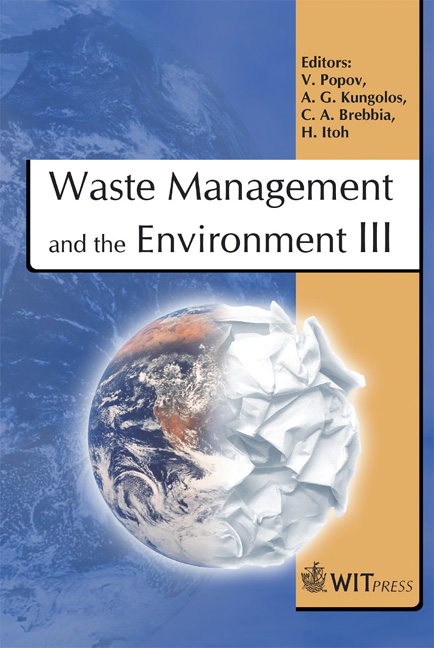Optimization Of In Situ Emplacement Of Nano-sized FeS For Permeable Reactive Barrier Construction
Price
Free (open access)
Transaction
Volume
92
Pages
6
Published
2006
Size
434 kb
Paper DOI
10.2495/WM060411
Copyright
WIT Press
Author(s)
T. M. Olson & J.-H. Lee
Abstract
Construction techniques for permeable reactive barriers (PRBs) have commonly involved trench-and-fill methods. These strategies, however, are limited in use to shallow groundwater remediation applications. To extend the technology to deeper, less accessible zones of contamination, in situ emplacement methods of the reactive media are required. In this paper, development studies of an in situ PRB construction method are presented that rely on the injection and deposition of nano-sized iron sulphide particles. Optimal chemical conditions for depositing FeS particles in sand bed media were ascertained that maximize surface coatings and minimize reductions in hydraulic conductivity. Our studies indicate that moderately alkaline injection conditions are needed to establish optimal coverage of FeS on sand. The constraints necessitating these chemical conditions are discussed in terms of FeS surface charge characteristics and particle filtration theory. Keywords: permeable reactive barriers, iron minerals, construction methods, trace metals, particle deposition, metal sulphides, zero valent iron, groundwater remediation. 1 Introduction Permeable reactive barriers (PRBs) have been applied with increasing frequency as a technology to clean up or manage groundwater contamination. Such passive, in situ methods of treatment and/or immobilization of contaminants offer a potentially economically attractive option for this type of waste management. Among the many reactive media which have been used, granular forms of zero
Keywords
permeable reactive barriers, iron minerals, construction methods,trace metals, particle deposition, metal sulphides, zero valent iron, groundwaterremediation.





